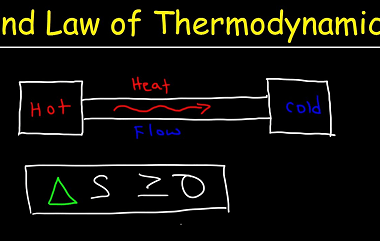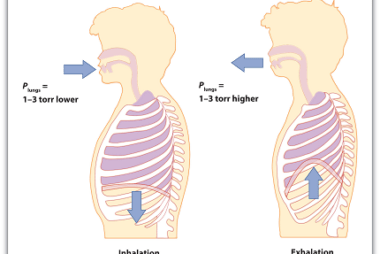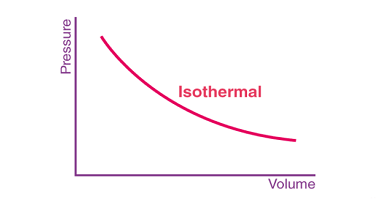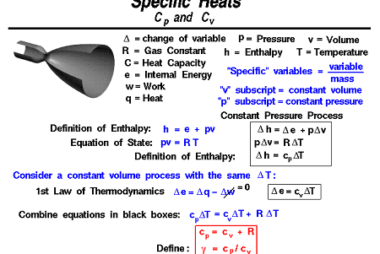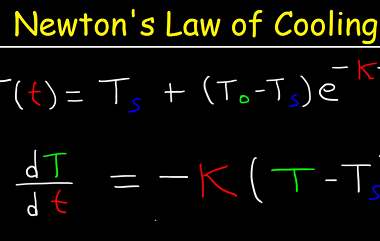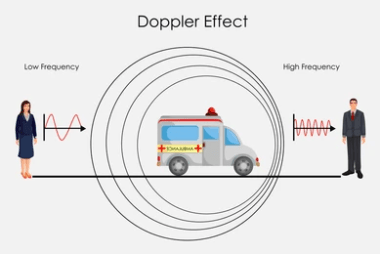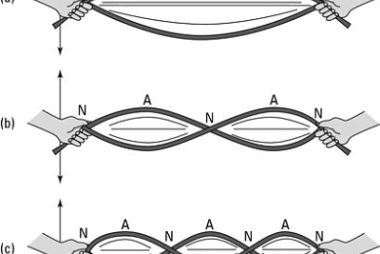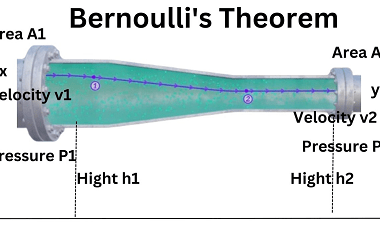Second law of thermodynamics
In physics, the second law of thermodynamics is a fundamental principle that governs the behavior of energy and entropy in a closed system. It states that the total entropy of a closed system always increases over time, or remains constant in an ideal reversible process. Entropy is a measure of the degree of disorder or…
